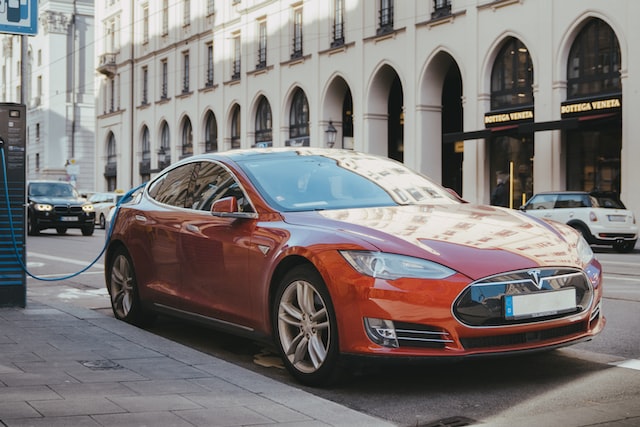Trends That Are Shaping Electric Vehicle Design
Electric vehicle sales in 2022 crossed the global milestone, gaining about 10% of the market share for the first time, according to The Wall Street Journal. Soaring fuel prices, depletion of natural resources, and increasing concerns to protect the environment are key reasons consumers are seeking alternatives to gas-fueled vehicles. Automobile experts predict that the increasing adoption of EVs will transform the entire automotive industry. Today, we see innovative battery technology in EVs and improvements in charging infrastructure.
Automobile designs are also changing to meet the growing consumer demand for stunning designs and cool and futuristic car features. Designing electric vehicles with control technologies, motors, batteries, and perfect aesthetics isn’t straightforward. However, EV manufacturers can leverage the latest developments and follow key trends to perfect electric car designs. Read on to learn a few trends that are shaping electric vehicle design.
Demand for Creative Designs
EV buyers are always in search of models with attractive designs, excellent safety standards, and smart use of space for batteries. To meet customer expectations, automobile designers are creating designs that embody modernity. Ideally, electric car designs are clean and futuristic, key aspects that make them stand out from conventional cars.
The interior design of EVs is also different from ICE cars. Thanks to the lack of combustion engines, EVs have more interior space than internal combustion engine vehicles. Many designers have taken advantage of the extra space in EV interiors to enhance comfort and safety with touches of technology and luxury. Examples of EV models with the best interiors are the BMW i7, Tesla Model S Plaid, Mercedes-Benz EQS sedan, and Lucid Air. The BMW i7, for instance, features an interaction bar that houses tons of functionalities, a state-of-the-art infotainment system, panoramic roof, and rear seats with massaging capabilities.
Range Concerns
People have different misconceptions about EV charging, like electric cars take too long to charge, there’s nowhere to charge, and charging costs too much. While many countries have deployed fast and affordable charging infrastructure, these concerns increase range anxiety among potential EV buyers. Many consumers prefer internal combustion engine vehicles because they offer more range and it’s easy to refuel them. To reduce range anxiety and increase widespread adoption of EVs, automakers are rethinking the automobile design, considering aspects such as electric car maintenance.
Since EVs don’t have internal combustion engines, automakers can design compact vehicles. It’s worth noting a compact EV design can increase range by up to 30% because the car becomes lighter and more streamlined. Also, compact designs allow the use of smaller batteries that offer greater range, meaning commuters can drive for longer on a single charge.
Increasing Interest in Intelligent Vehicles
Private car owners and fleet companies have gained interest in autonomous vehicles because of the efficiency they offer. To support autonomous driving in electric vehicles, automakers are integrating new technologies in the car design. Technologies supporting intelligent electric vehicles include electrification, artificial intelligence, augmented reality, and Lidar-based solutions. To integrate electrification intelligence in EVs, for instance, car manufacturers are exploring innovative cockpit designs that enable self-driving while making the driving experience convenient and enjoyable.
Today’s car buyers are demanding they won’t settle for technology under the hood only. For this reason, EV automakers are rethinking the car design to ensure drivers and passengers enjoy comfort, convenience, safety, and high performance. To achieve the best EV designs, car designers are exploring market trends like increased interest in autonomous vehicles, range concerns, and demand for creative interior and exterior electric vehicle designs.



